 A new strategy browser game - the "Power of research" - is officially launched. Supported by the European Commission, "Power of Research" has been developed to inspire young Europeans to pursue scientific careers and disseminate interesting up-to-date scientific information. Players assume the role of scientists working in a virtual research environment that replicates the situations that scientists have to deal with in the real world.
A new strategy browser game - the "Power of research" - is officially launched. Supported by the European Commission, "Power of Research" has been developed to inspire young Europeans to pursue scientific careers and disseminate interesting up-to-date scientific information. Players assume the role of scientists working in a virtual research environment that replicates the situations that scientists have to deal with in the real world.
Mar 2nd, 2011
Read more
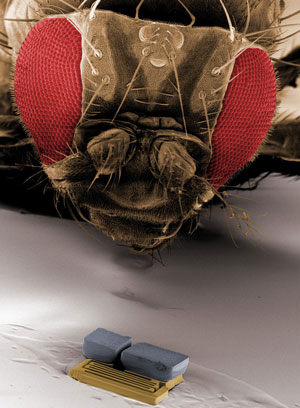 Kleinstroboter, die im Koerper praezise medizinische Eingriffe vornehmen: Ein vom Schweizerischen Nationalfonds (SNF) unterstuetztes Forscherteam entwickelt Prototypen, hat aber auch schon eine konkrete Anwendung am Start.
Kleinstroboter, die im Koerper praezise medizinische Eingriffe vornehmen: Ein vom Schweizerischen Nationalfonds (SNF) unterstuetztes Forscherteam entwickelt Prototypen, hat aber auch schon eine konkrete Anwendung am Start.
Mar 2nd, 2011
Read more
Accuracy of measurement of nanoparticles is a fundamental requirement for research involving smart particles for drug delivery.
Mar 2nd, 2011
Read more
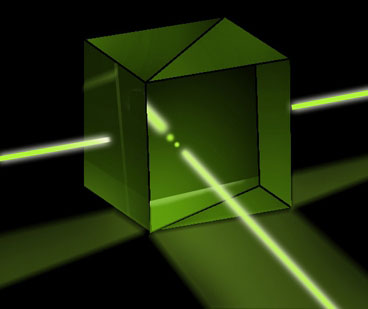 A new experiment would use quantum effects to perform otherwise intractable calculations, but conducting it should be easier than building a quantum computer.
A new experiment would use quantum effects to perform otherwise intractable calculations, but conducting it should be easier than building a quantum computer.
Mar 2nd, 2011
Read more
Researchers from the National Institute of Standards and Technology (NIST) and the Weill Cornell Medical College have designed artificial "protocells" that can lure, entrap and inactivate a class of deadly human viruses - think decoys with teeth.
Mar 2nd, 2011
Read more
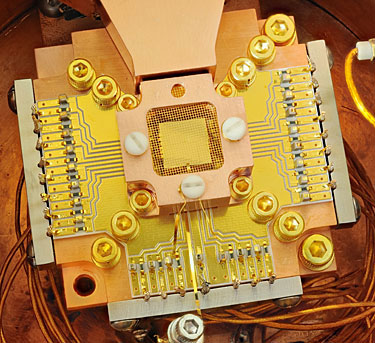 Physicists at the National Institute of Standards and Technology (NIST) have for the first time coaxed two atoms in separate locations to take turns jiggling back and forth while swapping the smallest measurable units of energy. The technique directly links the motions of two physically separated atoms and might simplify information processing in future quantum computers and simulations.
Physicists at the National Institute of Standards and Technology (NIST) have for the first time coaxed two atoms in separate locations to take turns jiggling back and forth while swapping the smallest measurable units of energy. The technique directly links the motions of two physically separated atoms and might simplify information processing in future quantum computers and simulations.
Mar 2nd, 2011
Read more
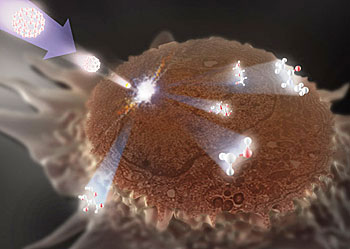 To determine if a tissue biopsy reveals the presence of cancer, a histologist often screens for cells with an abnormal appearance or a specific visible trait such as a larger-than-usual nucleus. However, by the time a cancer is physically noticeable, the disease may be in its later stages and more difficult to treat. In an effort to identify the earlier-onset, more subtle chemical changes occurring in a cell heading toward malignancy, researchers have developed a technique that slices off the top of a cell and makes the structures accessible to spectroscopic examination of their chemical "signature."
To determine if a tissue biopsy reveals the presence of cancer, a histologist often screens for cells with an abnormal appearance or a specific visible trait such as a larger-than-usual nucleus. However, by the time a cancer is physically noticeable, the disease may be in its later stages and more difficult to treat. In an effort to identify the earlier-onset, more subtle chemical changes occurring in a cell heading toward malignancy, researchers have developed a technique that slices off the top of a cell and makes the structures accessible to spectroscopic examination of their chemical "signature."
Mar 2nd, 2011
Read more
Short pulses of laser light can crystallize amorphous silicon and create a nanostructured surface texture ideal for solar-cell applications.
Mar 2nd, 2011
Read more
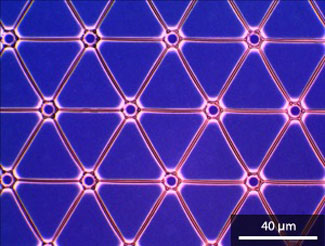 The patterning of templates using ultraviolet light is a promising new method for assembling transparent microwire networks.
The patterning of templates using ultraviolet light is a promising new method for assembling transparent microwire networks.
Mar 2nd, 2011
Read more
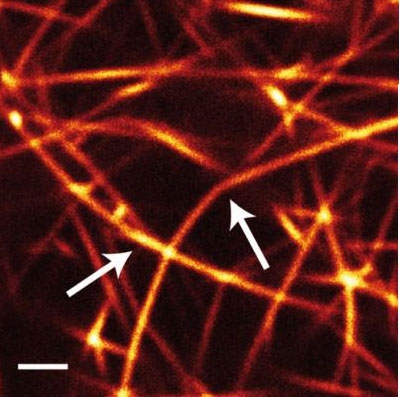 Together with the crosslinking molecule fascin, actin filaments build an interconnected network whose elasticity decreases with increasing age. Deploying a wide-ranging combination of experimental techniques, researchers have now managed to cast light on the source of these changes.
Together with the crosslinking molecule fascin, actin filaments build an interconnected network whose elasticity decreases with increasing age. Deploying a wide-ranging combination of experimental techniques, researchers have now managed to cast light on the source of these changes.
Mar 2nd, 2011
Read more
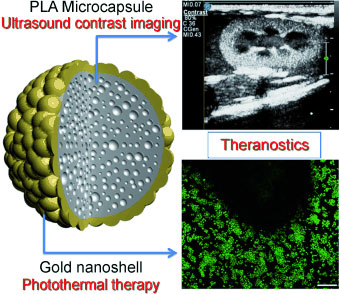 Combined diagnosis and treatment of tumors: photothermically activated ultrasound contrast agent.
Combined diagnosis and treatment of tumors: photothermically activated ultrasound contrast agent.
Mar 2nd, 2011
Read more
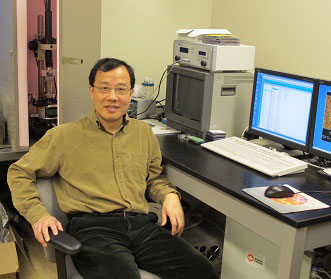 When tested under metal surface contact conditions that simulated conditions found in automobile engines, polymer nanoparticles were discovered to have an unprecedented friction reduction capability.
When tested under metal surface contact conditions that simulated conditions found in automobile engines, polymer nanoparticles were discovered to have an unprecedented friction reduction capability.
Mar 1st, 2011
Read more
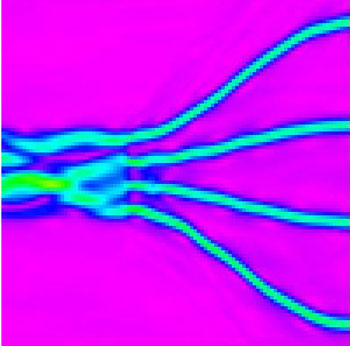 A research group led by scientists from the University of Bristol has demonstrated the quantum operation of new components that will enable compact circuits for future photonic quantum computers.
A research group led by scientists from the University of Bristol has demonstrated the quantum operation of new components that will enable compact circuits for future photonic quantum computers.
Mar 1st, 2011
Read more
Pioneering curricula will uniquely prepare a new generation of world-class clinical scientists and enable nanotechnology-driven applications to improve health care.
Mar 1st, 2011
Read more
Sharpest man-made object is only 1 atom at its point.
Mar 1st, 2011
Read more
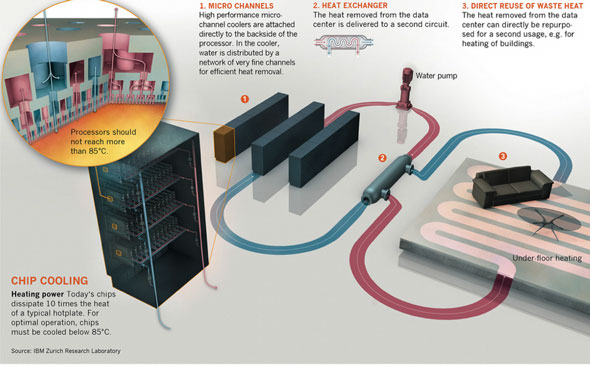 Energy efficiency and miniaturization thanks to water-cooled chips.
Energy efficiency and miniaturization thanks to water-cooled chips.
Mar 1st, 2011
Read more
 A new strategy browser game - the "Power of research" - is officially launched. Supported by the European Commission, "Power of Research" has been developed to inspire young Europeans to pursue scientific careers and disseminate interesting up-to-date scientific information. Players assume the role of scientists working in a virtual research environment that replicates the situations that scientists have to deal with in the real world.
A new strategy browser game - the "Power of research" - is officially launched. Supported by the European Commission, "Power of Research" has been developed to inspire young Europeans to pursue scientific careers and disseminate interesting up-to-date scientific information. Players assume the role of scientists working in a virtual research environment that replicates the situations that scientists have to deal with in the real world.










 Subscribe to our Nanotechnology News feed
Subscribe to our Nanotechnology News feed